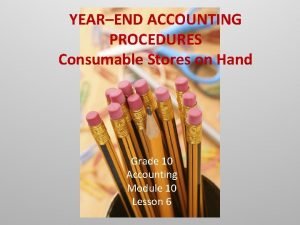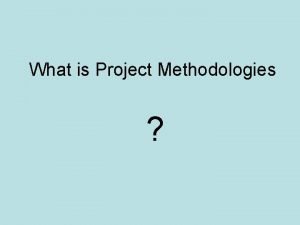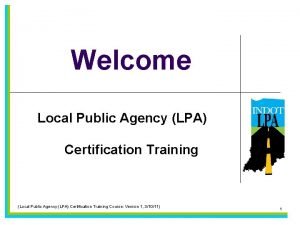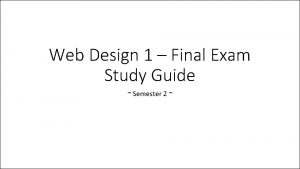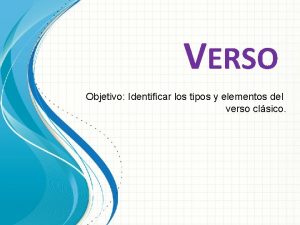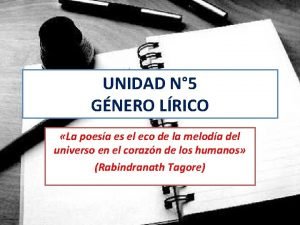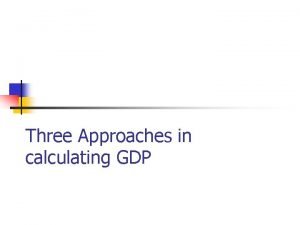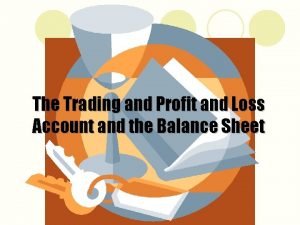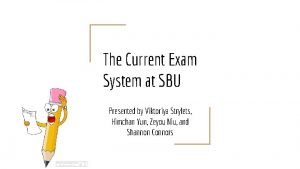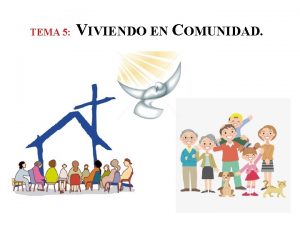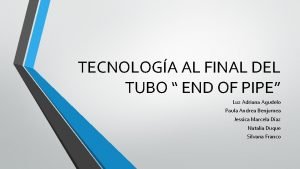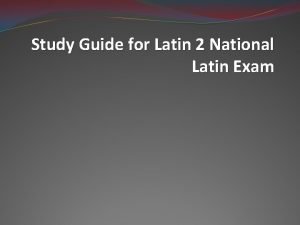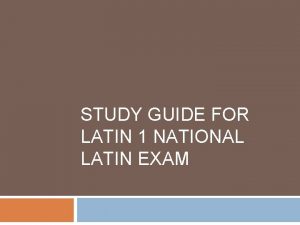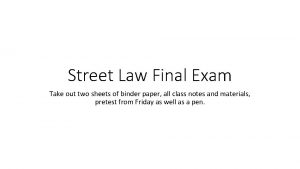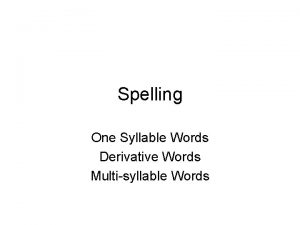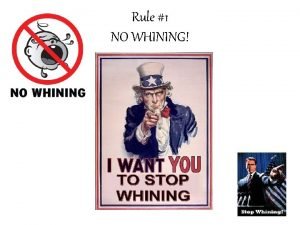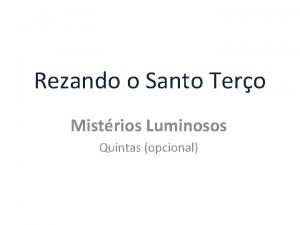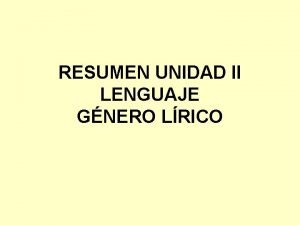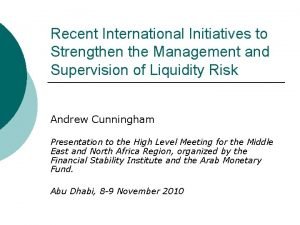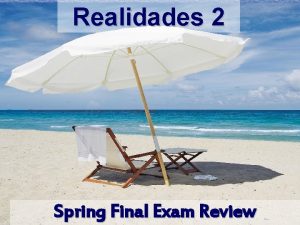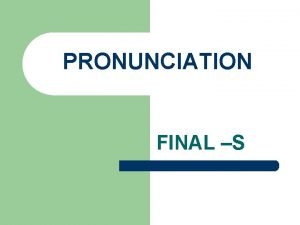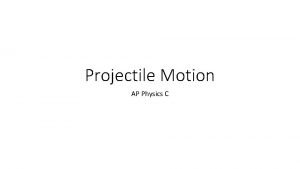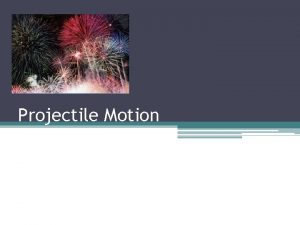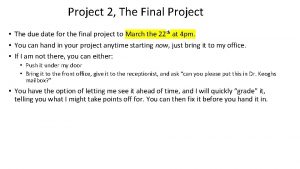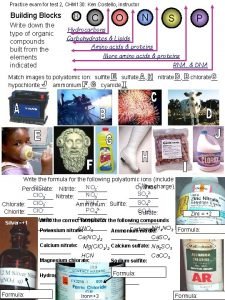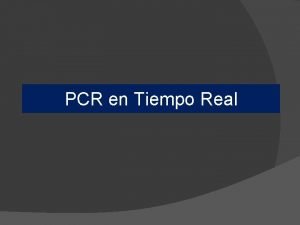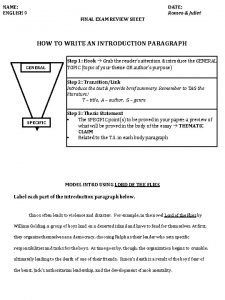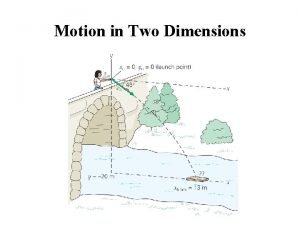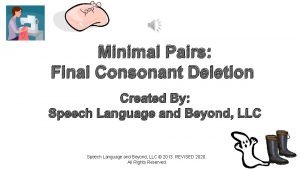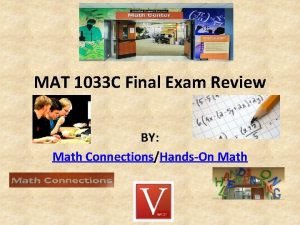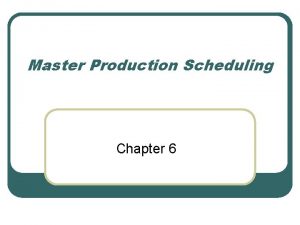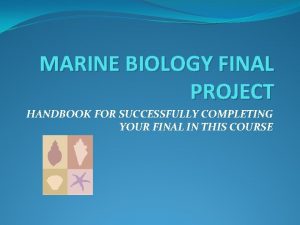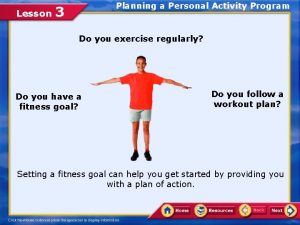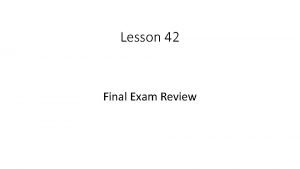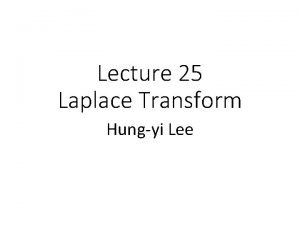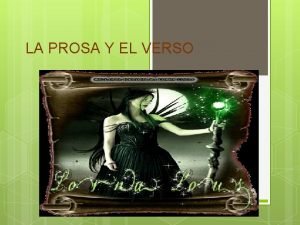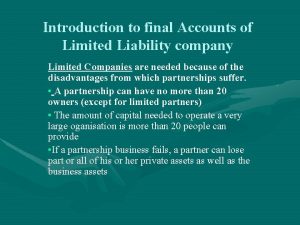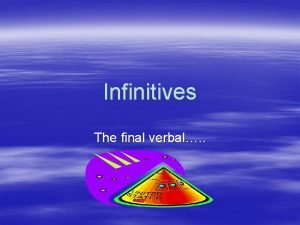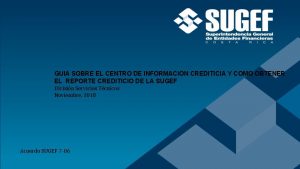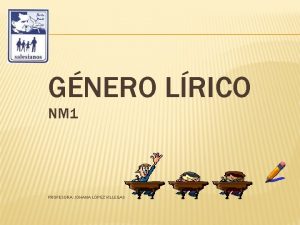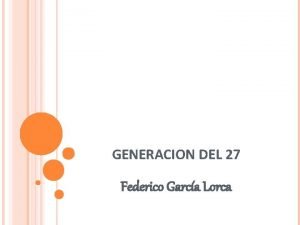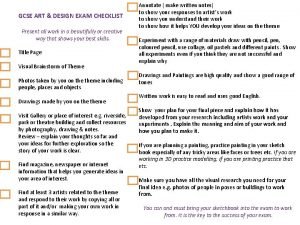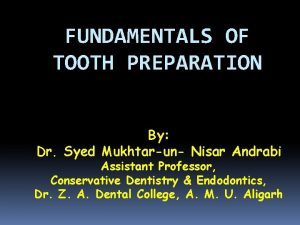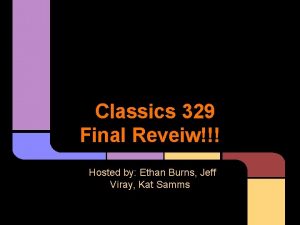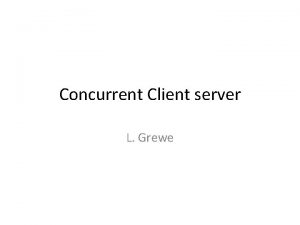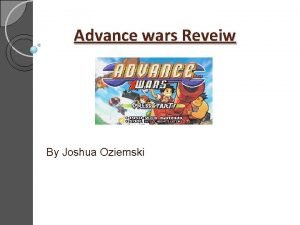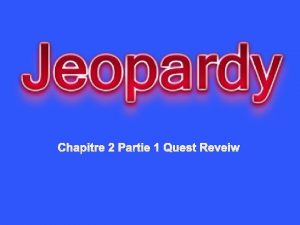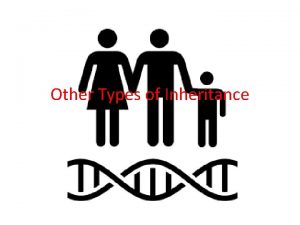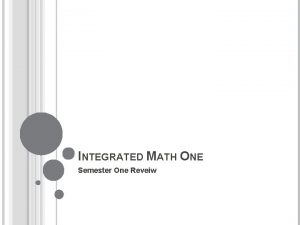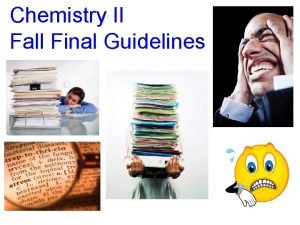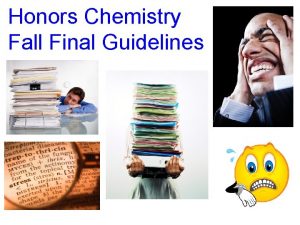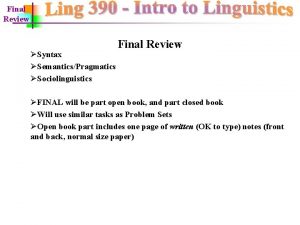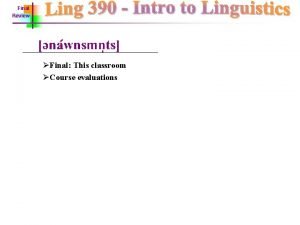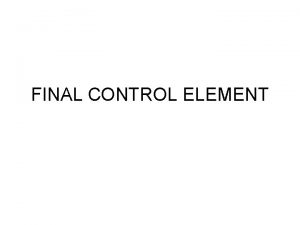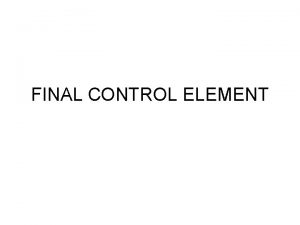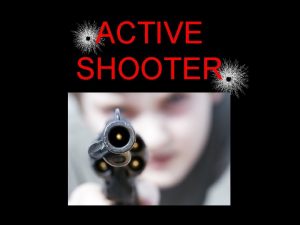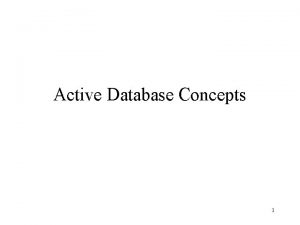Active Chemistry Fall Final Reveiw Active Chemistry Fall






















































































- Slides: 86

Active Chemistry Fall Final Reveiw

Active Chemistry Fall Final Reveiw Name that Acid! Acid or Base? ! You Decide! Acids and Metals! Acids and Carbonates! Indicators! Acid Essentials! Reaction Satisfaction! 100 100 200 200 300 300 400 400 500 500

Chapter 1 Which one of the following is classified as a compound? • a) H 2(g) b) CO 2(g) • c) Cl 2(g) d) I 2(s) • Answer!

Answer! • Back

Chapter 1 • Which substance cannot be broken down by a chemical change? • a. water • c. borax • b. propane • d. Calcium • Answer!

Answer! • D • Back

Chapter 1 Salt water is an example of a _____. • a. Heterogeneous mixture • c. Substance • b. Solution • d. Molecular Compound • Answer!

Answer! • Back

Chapter 1 If 3 liquids with different densities were placed in a beaker, what would you expect to happen? • Answer!

Answer! Most Dense Liquid will settle to the bottom Least Dense liquid will be the liquid on top Liquid with a density between the most and least dense liquids will settle in the middle • Back

Chapter 1 The state of matter for an object that has a definite volume but not a definite shape is • a. solid • b. gas • c. liquid • d. plasma

Answer! • C • Back

Chapter 1 • Which of the following pairings is incorrect? • a. Melting – endothermic (absorbing energy) • b. Vaporization – exothermic (releasing energy) • c. Condensation – exothermic (releasing energy) • d. Sublimation – endothermic (absorbing energy)

Answer! B Back

Chapter 1 • In lab, we combined PVA with Borax to form a polymer that resulted in the formation of slime. This new polymer was formed by crosslinking PVA and Borax. What would you predict to be the effect on a liquid polymer if it was modified to have less crosslinking? • a. deeper colors • b. greater conductivity • c. less viscous • d. more viscous • Answer!

Answer! C • Back

Chapter 1 A wooden splint soaked with potassium chloride solution produces a purple color when placed in the flame of a Bunsen burner. The Bunsen burner provides the • a. energy to move electrons in the metal ion to a higher energy level • b. energy to move electrons in the nonmetal ion to a lower energy level • c. energy to move electrons in the metal ion to a lower energy level • d. energy for combustion • Answer!

Answer! • A • Back

Chapter 1 The density of a 25 m. L sample of ethanol is 0. 79 g/m. L. What is the mass of the sample of ethanol? • a. 20. g • b. 25 g • c. 32 g • d. 0. 032 g • Answer!

Answer! • A • Back

Chapter 1 • Which arrangement correctly orders mixtures in terms of increasing particle size? • a. solution, colloid, suspension • b. solution, suspension, colloid • c. colloid, solution, suspension • d. colloid, suspension, solution • Answer!

Answer! • A • Back

Chapter 1 Use the given heating curve. During which segment is the substance boiling? a. segment DE b. segment AB c. segment BC d. segment EF • Answer!

Answer! • A • Back

Chapter 1 We know that when you squeeze orange peels, you produce ethylene gas. This organic compound is classified as a(n) • a. hydrocarbon • b. alcohol • c. carbohydrate • d. amino acid • Answer!

Answer! • A • Back

Chapter 1 • • An electrically charged atom or group of atoms that has acquired a net charge is an a. electron b. element c. ion d. molecule • Answer!

Answer! • C • Back

Chapter 1 What is the measurement 1042 L rounded off to two significant digits? • a. 1. 0 x 103 L • b. 1050 L • c. 1040 L • d. 1. 1 x 103 L • Answer!

Answer! • A • Back

Chapter 1 How many significant figures are in the measurement 811. 40 grams? • a. two • b. four • c. three • d. five

Answer! • D • Back

Chapter 2 Which of the following is a chemical property? A. shiny silver color B. magnetic C. density D. reacts with HCl • Answer!

Answer! • D • Back

Chapter 2 When placed in distilled water, the p. H of metal oxides will be A. acidic - less than 7 B. basic – greater than 7 C. acidic - greater than 7 D. basic - less than 7 • Answer!

Answer! • Back

Chapter 2 A periodic table resembling the one used today was first developed by _____. A. Dalton B. Aristotle C. Proust D. Mendeleev

Answer! • D • Back

Chapter 2 All of the following are nonmetals except A. Phosphorus B. Strontium C. Iodine D. Carbon • Answer!

Answer! • Strontium • Back

Acids and Carbonates! 6. 02 X 1023 atoms of silicon have a mass of ______ grams • A. 20. 18 • C. 28. 09 B. 22. 99 D. 30. 97 • Answer!

Answer! • C • Back

Chapter 2 During the process of deposition, a _______ change is occurring. • A. physical • B. chemical C. compositional • D. mass • Answer!

Answer! • A • Back

Chapter 2 Which of the following is the least heavy? A. carbon B. hydrogen C. Calcium D. helium • Answer!

Answer! • Back

Chapter 2 Calculate the energy of light given that its wavelength is 525 nm (5. 25 X 10 -7 m) (Show all work: variable set up, values of constants, equations, and units for each number and final answer expressed with units rounded to 3 numbers in scientific notation) • Answer!

Answer! • 3. 79 x 10 -19 J • Back

Chapter 2 The two main parts of an atom are its _________. A. B. C. D. Nucleus and electron cloud Nucleons and protons Isotopes and neutrons Protons and electron cloud E. Protons and electrons • Answer!

Answer! • A • Back

Chapter 2 • A mercury atom has 80 protons, 120 neutrons, and 80 electrons. What is the atomic number of this atom? A. B. C. D. 120 80 200 40 • Answer!

Answer! • Back

Chapter 2 Which element would have properties most similar to an element with an atomic number of 113? a) Uuq c) beryllium b) boron d) carbon • Answer!

Answer! • Back

Chapter 2 Which compound contains an alkali metal and a halogen? • a) Ca. Cl 2 b) Ca. S • c) Rb. Cl d) Rb 2 S Answer!

Answer! • C • Back

Chapter 2 The element in Period 5 that has the highest ionization energy is • • a) a noble gas b) a halogen c)an alkali metal d) an alkaline earth metal • Answer!

Answer! • A • Back

Chapter 2 • What is the electron configuration of arsenic? Answer!

Answer! • ? ? ? • Back

Chapter 2 Covalent compounds ______ • A. Share electrons between elements • B. Are formed between two or more nonmetals • C. Use prefixes when naming the compounds • D. All of the above Answer!

Answer! • D • Back

Chapter 2 Which atom is an isotope of iron? Protons Neutrons • A. 25 31 • B. 26 30 • C. 55 29 • D. None of the above • Answer! Electrons 25 26 26

Answer! • Back

Chapter 2 Protons can be packed tightly together in the nucleus because… • A. The strong force is more powerful than the coulomb electrostatic force. • B. Protons are positive and they repel each other. • C. Protons are positive and neutrons are negative and they are attracted. • D. None of the above Answer!

Answer! • A • Back

Chapter 2 • The alkaline earth metals have how many valence electrons? • A. 8 B. 3 C. 2 D. 1 • Answer!

Answer! • C • Back

Chapter 2 Draw the Lewis Structure for dinitrogen tetrahydride Answer!

Answer! • Nitrogen atom single bonded to another nitrogen atom. Both nitrogen atoms are bonded to two hydrogen atoms. (Nitrogen atoms make 3 bonds, and Hydrogen makes 1 bond) • Back

Chapter 4 • Predict whether or not the following reactions will occur. • • Use the activity series: Li > Na > Mg > Al > Zn > Fe > Sn > Pb > H > Cu > Hg > Ag > Pt > Au • Circle yes or no. • • (a) Pb(s) + Mg. Cl 2(aq) • • (b) Ag. Cl (aq) + Na(s) yes no • Answer!

Answer! • A) no • B) yes • Back

Chapter 4 What is entropy? • Answer!

Answer! • Entropy is the measure of disorder of particles in a substance. • Back

Chapter 4 • How many moles of Na. Cl are there in 5. 34 x 1024 formula units of Na. Cl? • Answer!

Answer! • 8. 87 mol Na. Cl • Back

Chapter 4 The unbalanced equation C 2 H 2 + O 2 CO 2 + H 2 O Describes the burning of acetylene gas (C 2 H 2) in a torch used by welders. a) If the tank attached to the torch contains 100. g of acetylene, how many liters of oxygen are used at STP if you burn the entire contents of the tank? b) How many liters of CO 2 would be produced at STP? c) What is the mass of the CO 2 that would be produced? • Answer!

Answer! • A) 215 L O 2 • B) 172 L CO 2 C) 338 g CO 2 • Back

Chapter 4 • Write the redox reaction that occurs between Calcium metal and an aqueous solution of aluminum nitrate • Answer!

Answer! • Cu 2+ + 2 e- (oxidation) • Al 3+ + 3 e- Al (reduction) (Cancel electrons by finding common multiple) • 3 Cu + 2 Al 3+ 3 Cu 2+ + 2 Al (final redox reaction) • Back

Chapter 4 • Calculate the frequency and the energy of light that has a wavelength of 450 nm. • Answer!

Answer! • c = frequency x wavelength Frequency = c/wavelength F = 6. 67 x 1014 Hz • E=hf E= 4. 4 x 10 -19 J • Back

Chapter 4 • Which color of visible light has a longer wavelength, yellow or green? • Answer!

Answer! • Yellow light (Look at electromagnetic Spectrum p. 326 -327) • Back

Chapter 4 • Molten iron and carbon monoxide are produced in a blast furnace by the reaction of iron(III) oxide and pure carbon. 25. 0 kilograms of pure Fe 2 O 3 are reacted with 45. 0 kilograms of carbon. The reaction is: Fe 2 O 3 + 3 C 2 Fe + 3 CO • a) What is limiting reactant? b) How many kilograms of iron can be produced? c) How much of the excess reactant remains? • Answer!

Answer! • A) • B) • C) • Back
 Sprint reveiw
Sprint reveiw Physics 20 final exam practice
Physics 20 final exam practice Us history semester 1 final exam study guide answers
Us history semester 1 final exam study guide answers Chm 151 final exam
Chm 151 final exam Active high and active low
Active high and active low Primary vs secondary active transport
Primary vs secondary active transport Primary active transport vs secondary active transport
Primary active transport vs secondary active transport Ib organic chemistry functional groups
Ib organic chemistry functional groups Organic vs inorganic chemistry
Organic vs inorganic chemistry Is consumable stores on hand an expense
Is consumable stores on hand an expense World geography final jeopardy
World geography final jeopardy World history spring final exam review answers
World history spring final exam review answers World history final exam study guide
World history final exam study guide Methodology final year project
Methodology final year project Eku dual credit
Eku dual credit Public agency training
Public agency training Web design final exam
Web design final exam Ley del acento final
Ley del acento final Frcu
Frcu Sinalefa ejemplos
Sinalefa ejemplos Fall semester exam review us history
Fall semester exam review us history Income approach formula gdp
Income approach formula gdp Vertical format of trading profit and loss account
Vertical format of trading profit and loss account The final decrees of the council of trent
The final decrees of the council of trent Sbu finals schedule
Sbu finals schedule Tema comunidad kerigma
Tema comunidad kerigma Al final del tubo
Al final del tubo Latin 2 final exam answers
Latin 2 final exam answers Latin 1 final exam answers
Latin 1 final exam answers Street law final exam
Street law final exam Final stable syllable word list
Final stable syllable word list Spanish 1 final review
Spanish 1 final review Spanish packet answers
Spanish packet answers Sempre é preciso saber quando uma etapa chega ao final
Sempre é preciso saber quando uma etapa chega ao final English 2 semester exam
English 2 semester exam Pointing
Pointing V
V Freak the mighty final project
Freak the mighty final project Describe the dream that romeo has just had
Describe the dream that romeo has just had Terco de agradecimento
Terco de agradecimento Pltw human body systems final exam
Pltw human body systems final exam Ley del acento final
Ley del acento final Knapps relationship stages
Knapps relationship stages Final thought example
Final thought example Realidades 2 final exam
Realidades 2 final exam Amur tiger pronunciation
Amur tiger pronunciation Final s
Final s Final horizontal velocity
Final horizontal velocity Range formula physics
Range formula physics Final project due
Final project due Chem 130 final exam
Chem 130 final exam Poe final review
Poe final review Physical science jeopardy
Physical science jeopardy Pcr a tiempo final
Pcr a tiempo final National income data
National income data Npqml examples
Npqml examples Romeo and juliet final exam study guide
Romeo and juliet final exam study guide Final horizontal velocity
Final horizontal velocity How to calculate final velocity
How to calculate final velocity Language k
Language k Mat 1033 final exam review
Mat 1033 final exam review 12 principles of master production scheduling
12 principles of master production scheduling Markstrat vodite strategy
Markstrat vodite strategy Marine biology experiment ideas
Marine biology experiment ideas The final step in planning a personal activity program is
The final step in planning a personal activity program is 42 final exam
42 final exam Laplace transform
Laplace transform Initial velocity and final velocity formula
Initial velocity and final velocity formula Aice general paper practice test
Aice general paper practice test Acento rítmico ejemplos
Acento rítmico ejemplos Final velocity initial velocity acceleration time
Final velocity initial velocity acceleration time Introduction of final account
Introduction of final account Final verbal
Final verbal Introduction of final account
Introduction of final account Ied final exam review
Ied final exam review Exam questions on human resource development
Exam questions on human resource development Mobility tool+ final report
Mobility tool+ final report Hospitality and tourism final exam
Hospitality and tourism final exam Hbs final exam practice test
Hbs final exam practice test Puntaje final del deudor sfn
Puntaje final del deudor sfn Gantt chart for final year project
Gantt chart for final year project Final ar words
Final ar words Ley del acento final
Ley del acento final Generacion del 27
Generacion del 27 Jelaine fauce.
Jelaine fauce. Gcse art sketchbook checklist
Gcse art sketchbook checklist Grooves and coves
Grooves and coves









